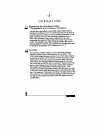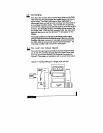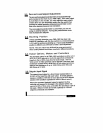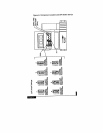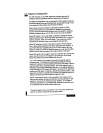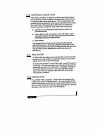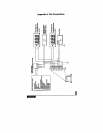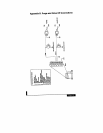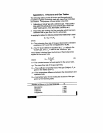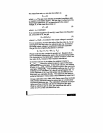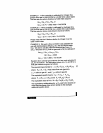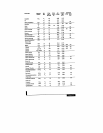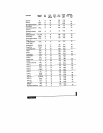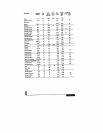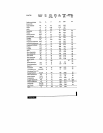
K,/K, from the tables may be different from
that which you calculate directly. The value from the tables is
preferred because in many cases it was obtained by experiment.
Omega calibrates every FMA-1900 Series mass flow controller
with primary standards using the actual gas or a molecularly
equivalent reference gas. The calibration certificate accompa-
nying your flow controller will cite the reference gas used.
When a reference gas is used, the actual flow rate will be
within 2 to 4% of the calculated flow rate.
K,/K2
directly using Equation (6). In
some instances,
p,
enabling you to calculate
C, and
).
The remaining columns give
,
where the reference gas is the commonly
used gas, nitrogen&
K,&dKN
Kreference’
where the reference gas is a gas molecularly
equivalent to the actual gas. In the fourth column, the relative
K-factor is
Ka*d
K,/K2,
instead of the K-factors themselves.
In the third column of the tables, the relative K-factor is
(6)
Please note that the constant b cancels out. Equation (6) is
the fundamental relationship used in the accompanying tables.
For convenience, the tables give “relative ” k-factors, which are
the ratios
Q,,)
Q,/Q,=K,/K,=@J,/P,
comgining Equations (1) and (5):
Q,,
to produce
the same output voltage in a particular mass flow controller.
We get this by
Q,,
for an
actual gas to the flow rate of a reference gas,
H/aE
= A constant if the output voltage is constant.
For our purposes, we want the ratio of the flow rate,
PC,)
(5)
where: b =
(bN/
Q
=
Q,
we get:
(2)
and solve for
(4)
insert them into Equation
contstant
If we combine Equations (3) and
=
A
AT=aE
(4)
where: a
0°C
780 mm Hg). Furthermore, the
temperature difference,
AT,
is proportional to the output
voltage, E, of the mass flow meter, or
p
is given in the tables (at
(gil);=
The gas mass density at standard conditions
p
pQ
(3)
where:
ri-r=
The mass flow rate, m, can also be written as:



